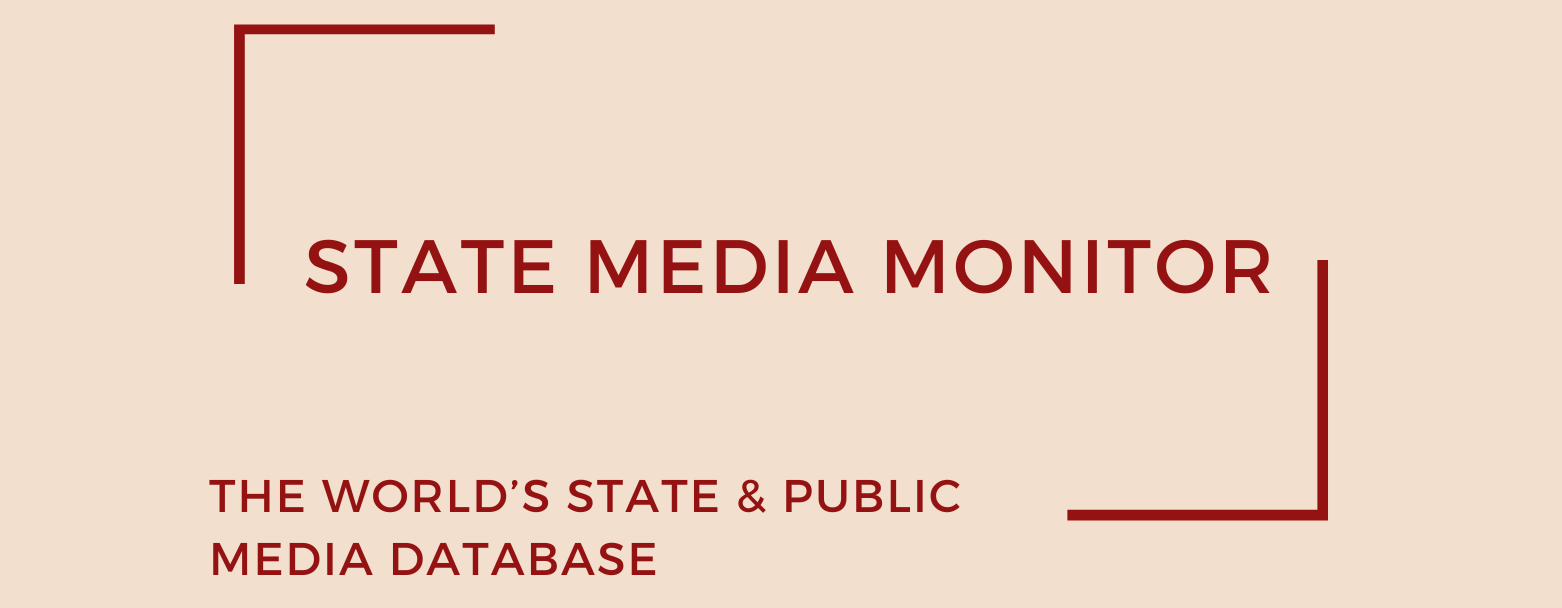Tanzania Standard Newspapers (TSN)
Tanzania Standard Newspapers (TSN) is one of the country’s oldest and most prominent state-owned publishing houses. It publishes the English-language broadsheet Daily News and its weekend counterpart Sunday News, as well as the Swahili-language daily Habari Leo (established in 2006) and the sports-focused Spotileo (launched in 2011). The company also produces a portfolio of five magazines, covering a range of topics from lifestyle to public policy.
Media assets
Publishing: Daily News, Habari Leo, Spotileo
State Media Matrix Typology
Captured Public/State-Managed (CaPu)
Ownership and governance
TSN’s origins trace back to the nationalization of Tanganyika Standard Newspaper in 1970, after which the government established Tanzania Standard Newspapers Limited as a state-run entity. Today, it operates as a private limited liability company, albeit fully government-controlled. The Government of the United Republic of Tanzania holds 99% of the company’s shares, while the remaining 1% is held by the Managing Editor, who also serves as the Chief Executive Officer and official contact person.
The government appoints both the Managing Editor and the Board of Directors, thereby maintaining tight control over the company’s strategic direction and editorial leadership. Serving as TSN’s chief executive, Asha Dachi heads operations and oversees the rollout of major projects—including the highly anticipated printing plant expected to begin operations in July 2025.
Source of funding and budget
While TSN has taken strides to diversify its income streams—including ventures in online advertising, television documentary production, commercial photography, consultancy services, and training programs—it still relies heavily on state support.
Although the company does not publish detailed annual financial reports, local journalists estimate that less than 50% of its funding comes from direct government subsidies, with the rest generated through commercial activities.
In May 2023, Minister of Information, Communication and Information Technology Nape Nnauye commended TSN for its transformation, citing investments in a new TZS 30 billion (US$ 12 million) commercial printing plant and other projects backed by the state. In January 2025, a budget of TZS 32 billion was earmarked to support the construction of the printing plant.
In the 2021–2022 fiscal year, TSN reportedly received TZS 14.3 billion (US$ 6.1 million) in government subsidies, according to budget documents from the Ministry of Culture, Arts and Sports.
In the 2023/2024 budget, the Treasury’s revenue estimates noted no anticipated dividend from TSN—indicating zero declared dividend income for that fiscal year. The National Audit Office’s 2023/24 audit report shows TSN contributed approximately 0.24% of its gross operating revenue in government transfers—but did not report a surplus or profit. In the previous fiscal year, dividend receipts were recorded at TZS 100 million, suggesting modest profitability or retained earnings that year.
Editorial independence
TSN’s publications are widely perceived as vehicles for government messaging, with editorial lines closely aligned with ruling party narratives. A study by the Center for International Media Assistance (CIMA) described the flagship Daily News as showing “egregious support of government lines.” Local journalists report that Daily News and Habari Leo are required reading across government ministries, regulatory bodies, and parastatals—a practice that reinforces their role as instruments of state communication rather than platforms for independent journalism.
TSN has no internal editorial charter guaranteeing independence, nor is there any independent oversight mechanism in place to review or assess its editorial performance. In effect, journalistic autonomy at TSN is more theoretical than real, and its output is often indistinguishable from official government pronouncements.
On May 21, 2025, TSN announced a partnership with Xinhua to collaborate on the use of artificial intelligence—a move that underlines TSN’s interest in modernizing content production.
June 2025
